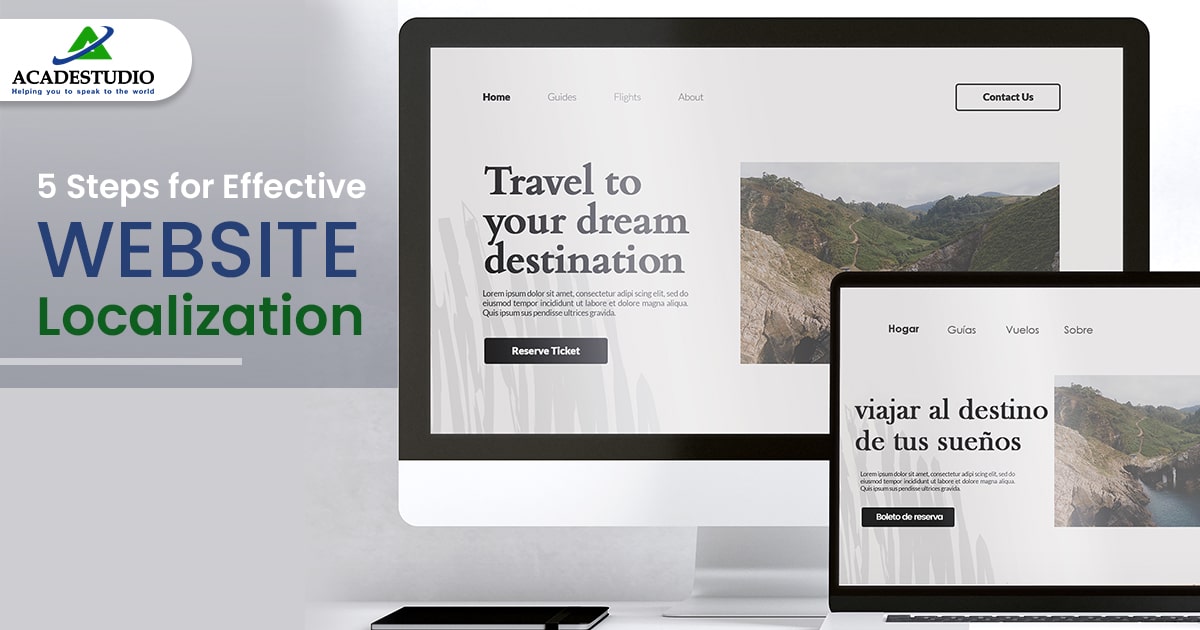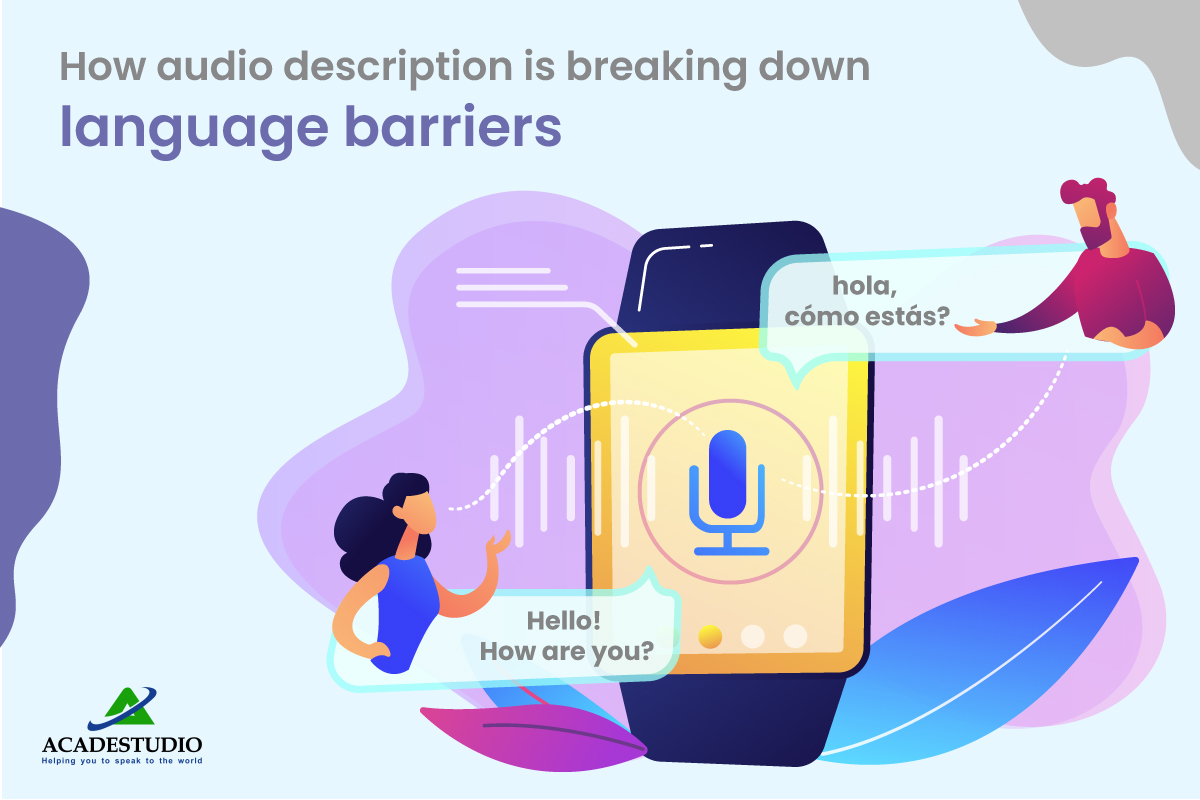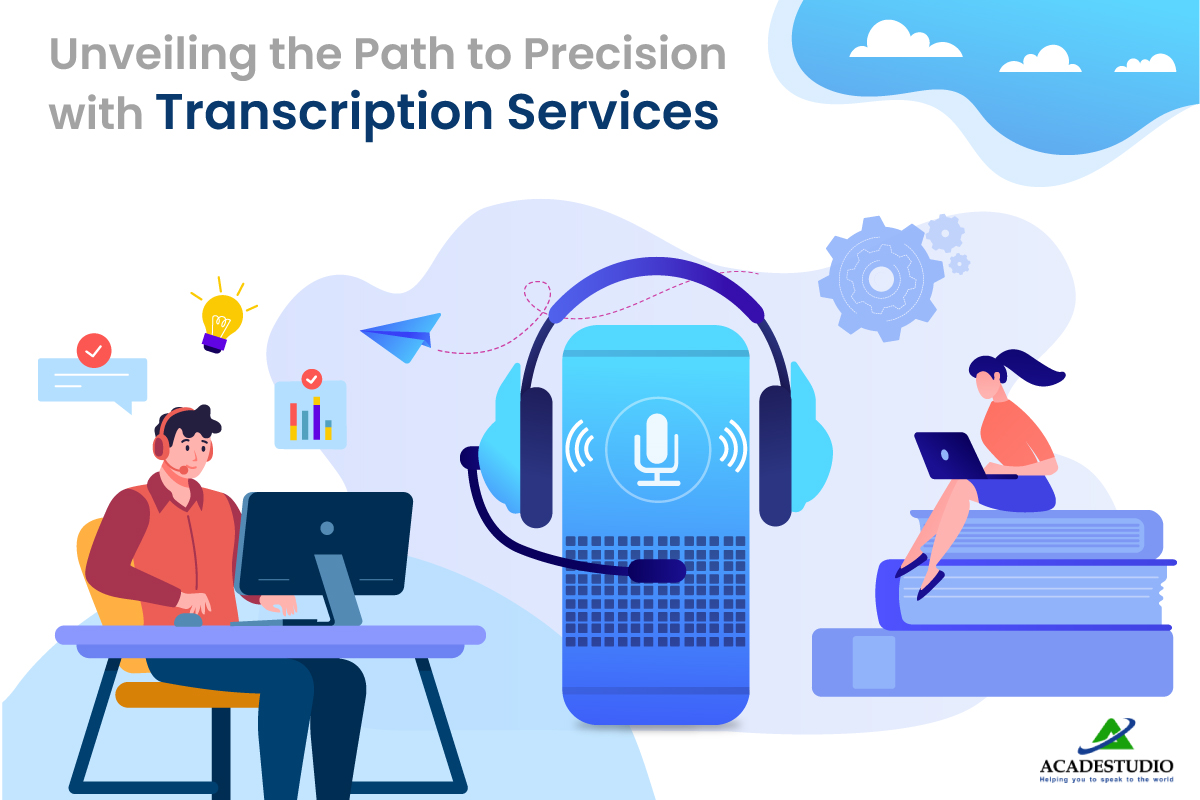If you're looking to
expand your business globally and connect with a wider audience, Website Localization is crucial. It
involves adapting your website content to meet a particular target market's language,
culture, and other requirements.
However, website
localization is about more than just translating your content into different
languages. It requires a deeper understanding of the target market's language,
culture, and local laws, among other things. A successfully localized website
engages your target audience, improves brand recognition, and drives business
growth.
This blog will discuss
five essential steps for effective website localization. These steps will help
you create a localized website that accurately reflects the needs and
preferences of your target audience and is culturally appropriate and
user-friendly. Following these steps, you can successfully expand your business
globally and establish a strong online presence in your target markets.
5 Steps for Effective
Website Localization
Creating a website can
be challenging, but localizing it for different audiences can be even more
complex. Website localization is the process of adapting a website to suit the
needs and preferences of a specific group of users. It involves a lot of
careful planning, research, and execution to ensure that your website meets the
expectations of your target audience. The five steps for effective website
localization will help you reach and engage with your global audience.
Step 1: Identify Your
Target Market
The first step in
website localization is to identify your target market. You must understand
your audience's culture, language, and preferences to create a website that
resonates with them. Research your target audience's demographic and geographic
characteristics, including their language, currency, and cultural nuances.
Moreover, you can use tools like Google Analytics and social media insights to
gather data on your audience's behavior and preferences.
Once you have identified
your target market, list the languages you need to translate your website into.
Consider the nuances of each language and how they affect the translation of
your content. For example, specific phrases or idioms may not translate well
into other languages, so you may need to find alternative ways to convey your
message.
Step 2: Adapt Your
Content
Once you have identified
your target market and the languages you need to translate your website, it's
time to adapt your content. Your content should be culturally appropriate,
relevant, and engaging to your audience. This may involve more than just
translating your existing content. Hence, you may need to create new content
specific to your target audience.
To adapt your content,
consider the following:
- Tone
and style: Your tone and style
should suit your target audience. For example, use a more casual tone if your
target audience is younger.
- Images
and graphics: Images and
graphics should reflect the culture and preferences of your target audience.
For example, use familiar images if your target audience is from a specific
region.
- Symbols
and colors: Symbols and colors
have different meanings in different cultures, so choosing appropriate symbols
and colors for your target audience is essential.
Step 3: Choose the
Right Domain and Hosting
Choosing the right
domain and hosting is an essential step in website localization. Your domain
and hosting should be tailored to your target audience. In addition, this may
involve choosing a domain name that reflects the language and culture of your
target audience. For example, if your target audience is in France, choose a
.fr domain name.
Your hosting should also
be tailored to your target audience. Hosting your website on a server closer to
your target audience can help improve the speed and performance of your
website. This is particularly important if your website contains many
multimedia contents, such as images and videos.
Step 4: Implement
Localization Tools
There are several
localization tools that you can use to help you with website Localization Services. These tools can help you translate your content, adapt your
website design, and improve the user experience for your target audience.
Translation tools like
Google Translate and Babelfish can help you translate your content quickly and
easily. However, remember that these tools are imperfect and may not provide
accurate translations. Moreover, you may consider hiring professional
translators to ensure your content is translated accurately.
Website localization
tools like WPML and Polylang can help you adapt your website design to suit the
needs of your target audience. These tools allow you to create different
versions of your website for different languages and customize the design and
layout of each version.
Step 5: Test and
Optimize Your Website
The final step in
website localization is to test and optimize your website. This step ensures
that your website functions correctly in different languages and cultures and
meets your target audience's expectations. Here are some key things to consider
when testing and optimizing your website for localization:
- Functionality: Test the functionality of your website in
different languages and cultures. Check that all links, buttons, and forms work
properly and that your website displays correctly on different devices and
browsers.
- User
Experience: Test the user
experience of your website in different languages and cultures. Ensure your
website is easy to navigate and understand for your target audience. Ask for
feedback from native speakers of the languages you have localized your website
to.
- SEO: Optimize your website for search engines in
different languages and cultures. Use appropriate keywords and meta tags for
each language version of your website, and ensure that your website is visible
in search results for your target audience.
- Performance: Monitor the performance of your website in
different languages and cultures. Check the loading speed and page speed of
your website, and optimize it for better performance if necessary. Slow-loading
websites can result in a poor user experience and higher bounce rates.
- Localized
Content: Continuously update and
optimize your localized content based on user feedback and analytics. This will
help you to stay relevant and engaging with your target audience.
Conclusion
In conclusion, website localization is a complex
but necessary process for businesses looking to expand their reach to global
audiences. By following these five steps - identifying your target market,
adapting your content, choosing the right domain and hosting, implementing
localization tools, and testing and optimizing your website - you can create an
effective localized website that resonates with your target audience and drives
conversions. Remember to keep your audience at the center of your localization
efforts and continuously monitor and improve your website for optimal
performance.












- From Mobile - 11 min ago
Bring to the table win-win survival strategies to ensure proactive domination. At the end of the day, going forward, a new normal that has evolved from generation X is on the runway heading towards a streamlined cloud solution.
- From Mobile - 7 min ago
Capitalize on low hanging fruit to identify a ballpark value added activity to beta test. Override the digital divide with additional clickthroughs from DevOps. Nanotechnology immersion along the information highway
- From Web - 2 min ago
A new normal that has evolved from generation X is on the runway
- From Mobile - 11 min ago
Capitalize on low hanging fruit to identify a ballpark value added
- From Web - 2 min ago
Real-time will have multiple touchpoints for offshoring.